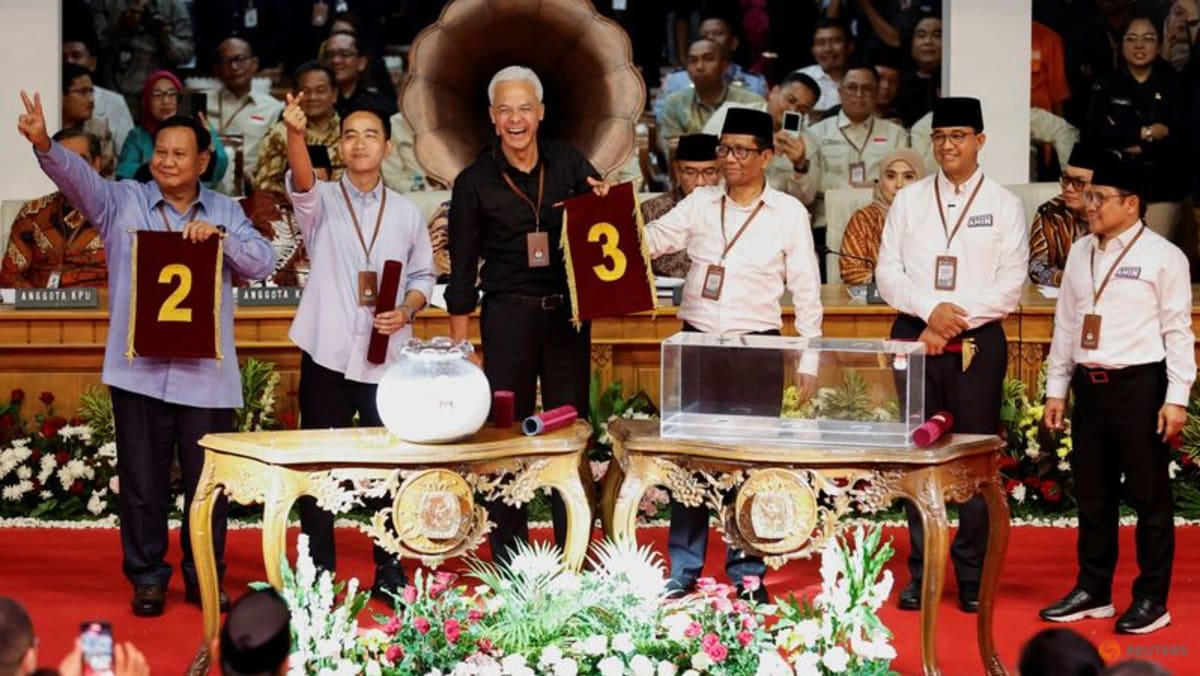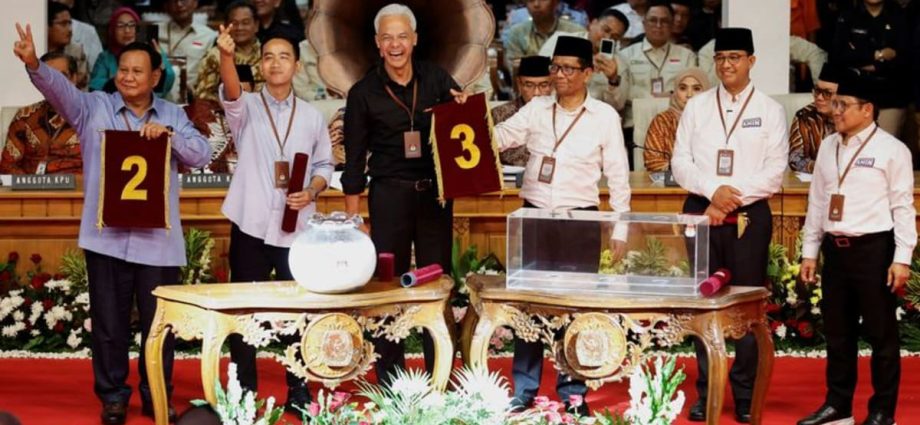
ECONOMY IN MEDIUM TO LONG TERM
As it stands, the candidates are optimistic that their policies will boost economic growth.
The annual GDP growth of 5.5 per cent to 6.5 per cent as targeted by Mr Anies for the 2025 to 2029 period is considered more realistic than the 6 per cent to 7 per cent target of Mr Prabowo and the 7.5 per cent to 8 per cent target of Mr Ganjar.
With historical precedence, a more realistic growth potential for Indonesia – based on its performance in the last decade – should be somewhere between 5.5 per cent and 6.0 per cent, especially since momentum seems to have stagnated after growing 6 per cent in 2012.
Global economic uncertainty, sluggish consumption and the low manufacturing capacity are some of the reasons why a higher growth target is difficult to achieve. These all call for a strategic structural transformation in the areas of improving overall productivity, revamping investment incentives, and prioritising fiscal expenditure in sectors that can bring about higher fiscal multipliers to the overall economy.
Nonetheless, it goes without saying that whoever is elected the new leader would want to see a progressive Indonesia with a stable and stronger economy.
The country’s long-term prospects are brighter than ever, with its young, digitally savvy population, abundance of natural resources, growing consumer spending and strategic location at the heart of Southeast Asia.
Indonesia gets to choose from three suitors on Valentine’s Day. We are confident that it will be a happy marriage, whomever she chooses.
Enrico Tanuwidjaja is ASEAN economist at UOB. His coverage focuses on Indonesia and Thailand.

